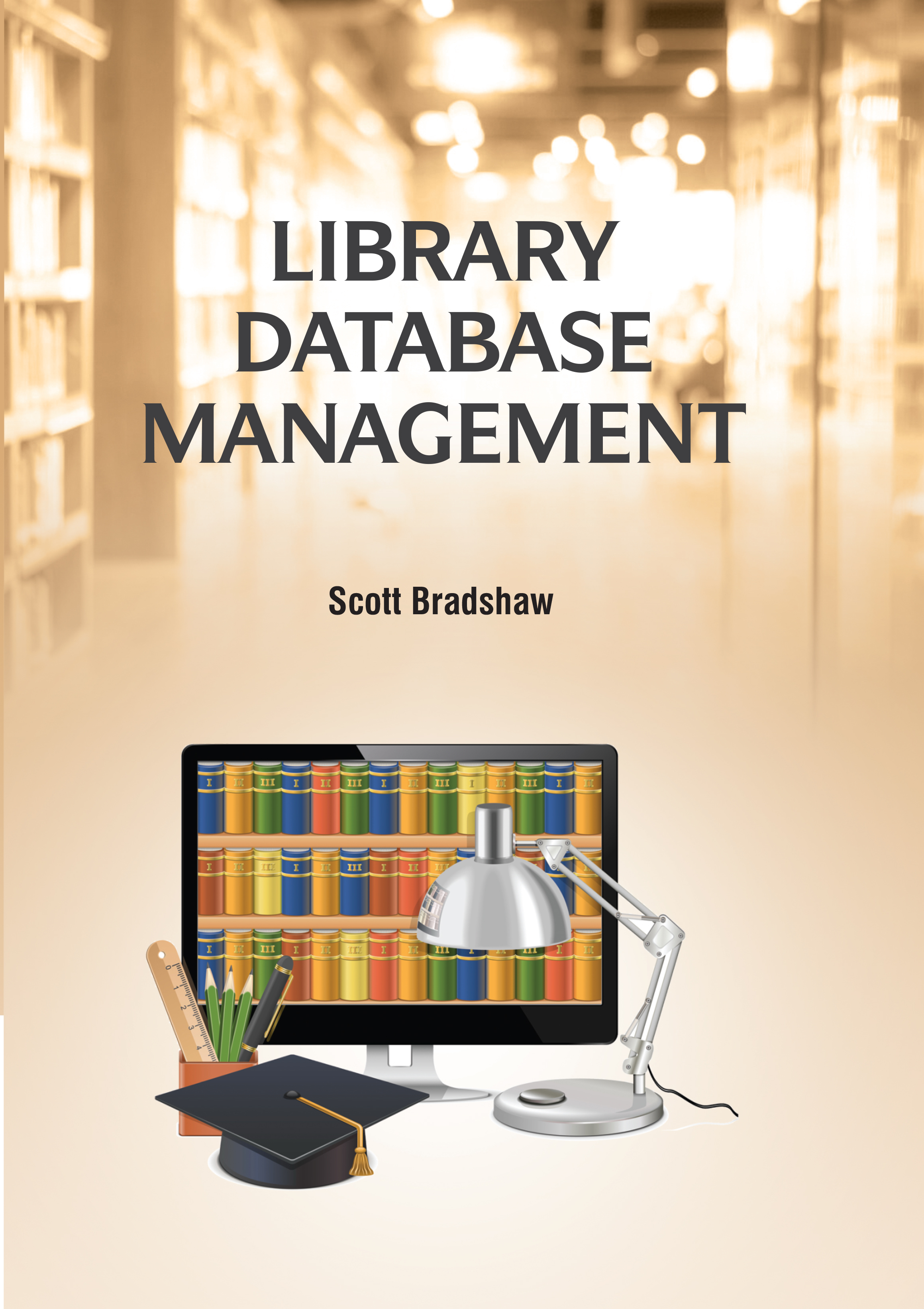
Library Database Management
by Scott Bradshaw
| ISBN | 9789372422740 |
|---|---|
| Publisher | Digital Drive Learning |
| Copyright Year | 2026 |
| Price | $269.00 |

by Scott Bradshaw
| ISBN | 9789372422740 |
|---|---|
| Publisher | Digital Drive Learning |
| Copyright Year | 2026 |
| Price | $269.00 |
Database Management Library (DBL) is a relational database management system (RDBMS) contained in a C++ programming library. The DBL source code is available under the terms of the GNU General Public License. DBL was fully developed within two weeks, as a holiday programming project. Data in an organization, be it a corporate house or a library or government department, is regarded as a basic resource needed for its professional management. A database is an organized collection of data for one or more purposes. Data used by an information system on individual files. A file of information arranged as a set of logically & orderly manner to facilitate the access by computer application programs. This concept does not imply that all data relating to a library business should be contained on a single database, but simply that all records in a database should be related and that redundant data should be minimized. Today’s technological transformations are intertwined with another transformation, globalization and together they are creating a new paradigm - the network age. These transformations expand opportunities and increase the social and economic rewards of creating and using technology. They are also altering how and by whom technology is created and owned, and how it is made accessible and used. Technology is not inherently good or bad the outcome depends on how it is used. Management Information System must lead to consideration of the inputs data, processing data and the outputs data. Inputs to the management information system consist of both internally and externally generated library data. External information covers factors such as legislation, politics, trends in society, changes in technology, user demand, and comparative statistics for other, similar institutions. Internal data is that derived from administrative routines and transactional information. Administrative routines include those related to personnel, finance, acquisition, cataloguing, processing of materials, binding, building services, maintenance services, etc. The book will be highly useful for students, teachers and all those concerned.